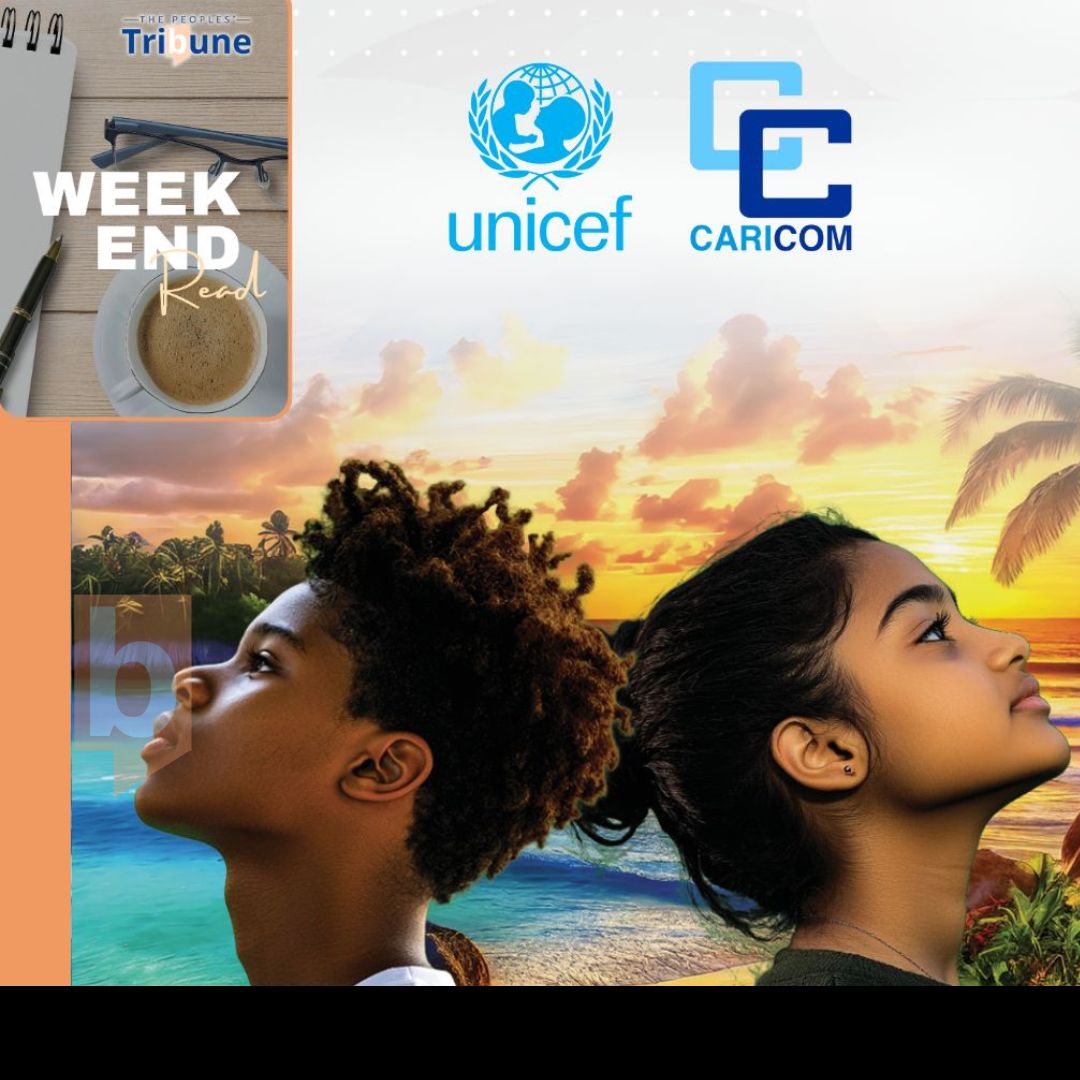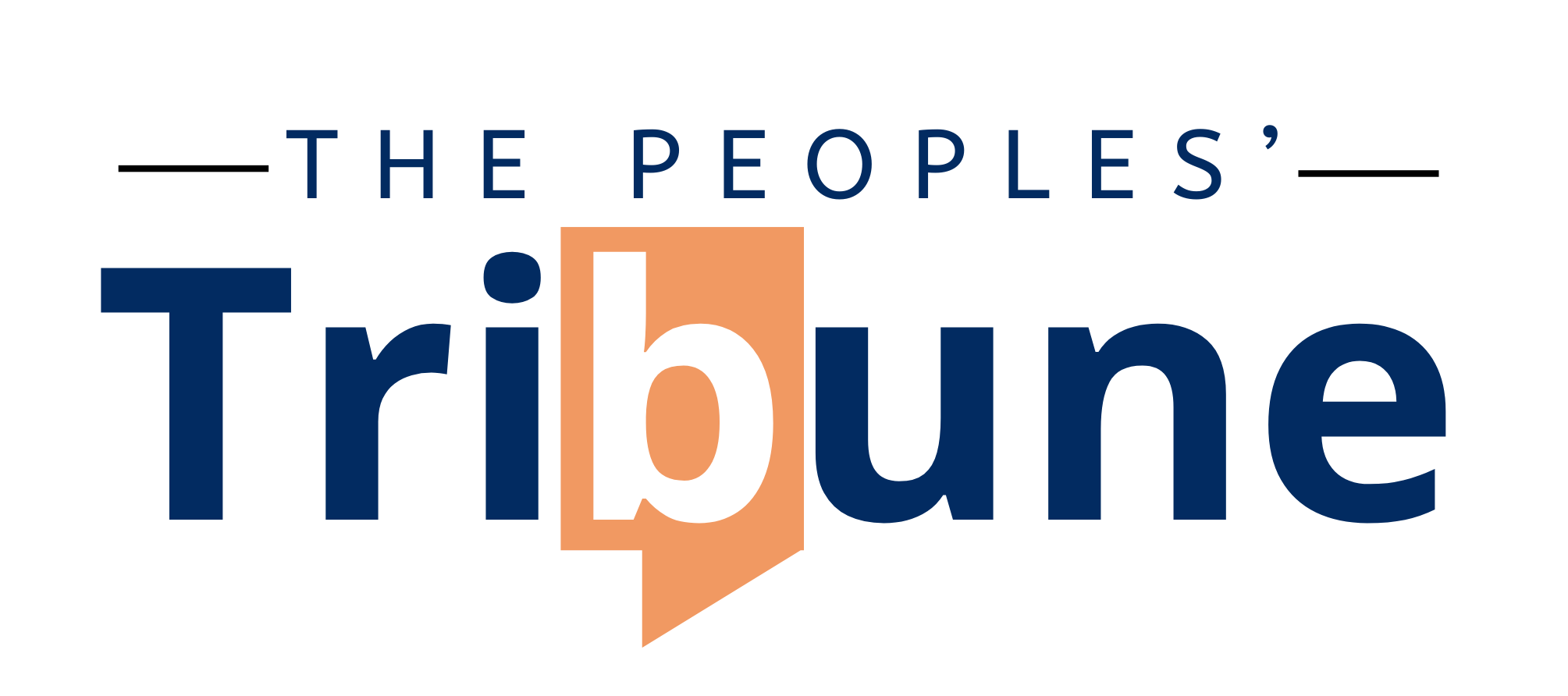CARICOM and UNICEF report: Caribbean youth are worried, tired, and often alone

A regional survey of 1,500 children and young people across 17 Caribbean countries and territories paints a data-driven picture of youth mental health in 2024. More than half reported feeling down or hopeless, many struggled to relax, and a majority did not seek professional support when they needed it.
The project used a 50-question online survey informed by standard clinical screeners, GAD-7 for anxiety and PHQ-9 for depression. It added items on well-being, support, and demographics. Ethical safeguards included informed consent and confidentiality for participants 18 and older, and parental consent for minors.
Respondents came from 17 countries and territories, most were ages 15 to 30. Seventy-two percent identified as female, 26 percent as male, and 2 percent as other. Forty-five percent had secondary education, 37 percent had an undergraduate degree, and 63 percent were enrolled in school at the time of the survey. Employment was evenly split between employed and not employed or students.
𝐖𝐞𝐥𝐥-𝐛𝐞𝐢𝐧𝐠: 𝐥𝐨𝐰 𝐨𝐩𝐭𝐢𝐦𝐢𝐬𝐦 𝐚𝐧𝐝 𝐥𝐨𝐰 𝐞𝐧𝐞𝐫𝐠𝐲
A large share did not often feel optimistic about the future, 58 percent. Many did not feel relaxed, 45 percent, or that they had energy to spare, 51 percent. Substantial shares reported not feeling interested in others, 42 percent, or close to others, 41 percent. Only about four in ten said they frequently felt loved, 39 percent, could make up their own minds, 42 percent, or were interested in new things, 42 percent.
Most participants experienced occasional anxiety symptoms in the prior two weeks, including restlessness, worry they could not control, and trouble relaxing. In some indicators, nearly one in four reported intense anxiety. Seven in ten said it was somewhat difficult, 55 percent, or very to extremely difficult, 22 percent, to manage work, home responsibilities, or get along with others.
𝐃𝐞𝐩𝐫𝐞𝐬𝐬𝐢𝐨𝐧: 𝐟𝐫𝐞𝐪𝐮𝐞𝐧𝐭 𝐬𝐲𝐦𝐩𝐭𝐨𝐦𝐬 𝐚𝐧𝐝 𝐚 𝐜𝐫𝐢𝐭𝐢𝐜𝐚𝐥 𝐫𝐞𝐝 𝐟𝐥𝐚𝐠
Frequent tiredness or low energy was common, 57 percent. Many often had trouble sleeping, 44 percent, poor appetite or overeating, 46 percent, or little interest or pleasure in activities, 56 percent. More than half reported frequently feeling down, depressed, or hopeless, 54 percent. Almost one in three frequently thought they would be better off dead or of hurting themselves in some way, 29 percent.
When asked about school or employer support, the largest group chose neutral, 44 percent, which suggests unclear or inconsistent help. Most did not visit a counselor when they needed support, 68 percent, yet seven in ten agreed that counselors can help children and young people regulate their moods, 35 percent agree and 35 percent strongly agree. Only 46 percent said they have someone to reach out to when feeling low, while 54 percent did not agree they had a trusted person, including 30 percent who were unsure. Six in ten had contact details for a counselor or believed they could obtain them easily, while 40 percent did not or did not know where to look.
𝐘𝐨𝐮𝐭𝐡 𝐯𝐨𝐢𝐜𝐞𝐬
A participant from Trinidad and Tobago described the silencing effect of dismissal by peers or family, saying, “I know I am sad,” and noting a tendency to bottle it up when others say it is not significant.
A young advocate from Montserrat called for new and creative ways to deliver care, linking that shift to suicide prevention. “We need new and creative ways of delivering mental health care,” she said.
A youth focal point from Dominica identified stigma as a barrier to help-seeking: “What is stopping a lot of young people from speaking out is the stigma attached to mental health.”
From St. Vincent and the Grenadines, a youth leader urged safer school environments that go beyond a single on-site counselor: “We need to have a more holistic approach and a realistic approach to make our school environments safer.”
A Turks and Caicos advocate highlighted solidarity and storytelling: “Standing in solidarity with others through shared stories strengthens my advocacy.”
𝐖𝐡𝐚𝐭 𝐭𝐡𝐞 𝐝𝐚𝐭𝐚 𝐬𝐮𝐠𝐠𝐞𝐬𝐭𝐬
The authors are careful about scope. The study is not a definitive measure of population mental health. It identifies areas of concern that match patterns seen in global and regional literature, including high rates of anxiety and depression in adolescents and the value of early intervention. This framing matters for policy. Interventions should match need, be multi-layered, and be co-created with young people.
𝐑𝐞𝐜𝐨𝐦𝐦𝐞𝐧𝐝𝐚𝐭𝐢𝐨𝐧𝐬 𝐭𝐡𝐞 𝐫𝐞𝐠𝐢𝐨𝐧 𝐜𝐚𝐧 𝐚𝐜𝐭 𝐨𝐧 𝐧𝐨𝐰
• Keep awareness high: normalize conversations about mental well-being, anxiety, and depression. Use simple, youth-friendly definitions and a shared vocabulary.
• Build protective factors: invest in structured social support, youth engagement, and accessible activities that support physical, mental, emotional, and social well-being.
• Scale multi-layered support: offer a continuum from basic services to specialized care, using the IASC MHPSS intervention pyramid as a practical framework that organizes services across sectors.
• Teach frontline skills: expand skills such as active listening, observation, and Psychological First Aid, including UNICEF’s I Support My Friends programme, so peers and adults can offer initial support and refer when needed.
• Share information and pathways: parents, schools, employers, and youth services should make referral routes visible and help young people connect to counselors or community resources.
• Put youth at the table: involve children and young people in design, delivery, and review of services, from school policies to national plans.
• Clarify severity and action thresholds: promote understanding of mild versus severe challenges and when to seek professional help, especially among parents, teachers, and caregivers.
• Monitor and learn: build a cross-sector monitoring and evaluation plan that links education, health, youth, child protection, justice, social development, and disaster management, and continue research with youth as partners.
The report documents a model that is already moving. Youth from 23 Caribbean countries used the findings to create workbooks on depression, anxiety, and support systems, then led education sessions, engaged media, and advocated for the inclusion of these tools in schools. More than 100,000 adolescents gained access to resources as a result.

